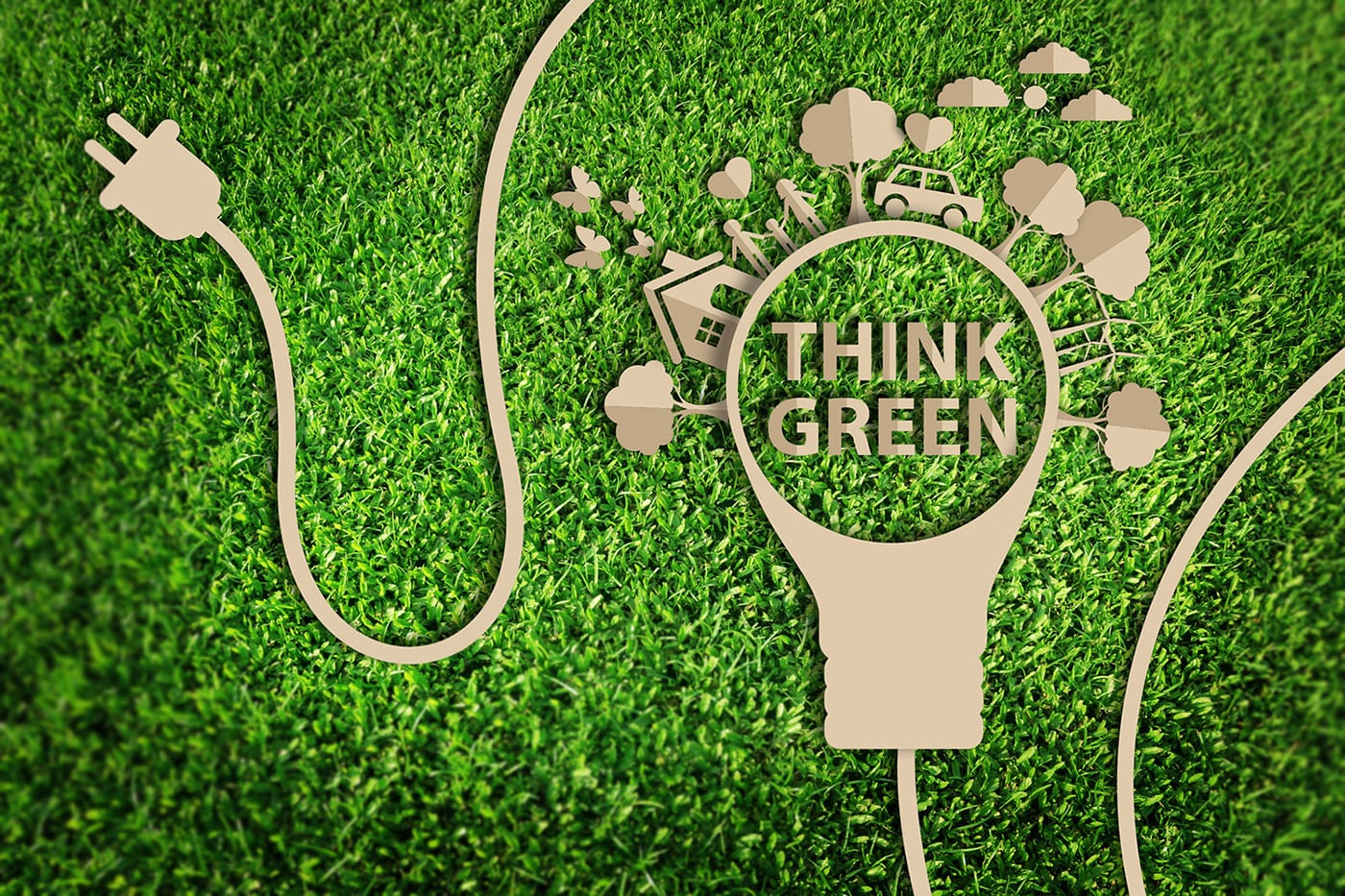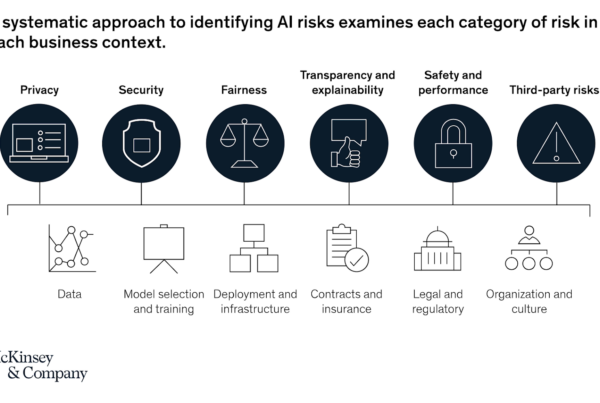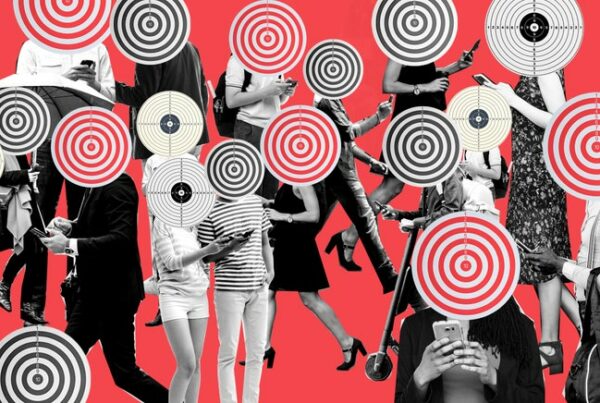How the top social and business trend for 2020 became more relevant than we could have ever anticipated.
In November 2019, the Amsterdam-based consumer trend firm Trend Watching published their prediction for transformative movements that would capture the marketplace in 2020. Trend Watching named the top trend, “Green pressure” — a term created to explain the shift in consumer behavior towards the presence of eco-friendly products and services. Eco-products and services have become less exclusive and expensive with more presence throughout the marketplace, found across industries like retail, food, hospitality, travel, and more. As a result, more consumers have migrated from eco-status to eco-shame. Essentially, as sustainable alternatives become more widespread, affordable, and accessible there are fewer reasons to opt-out of participation.
When this trend was cited in late 2019 we had no idea of the sheer scale of the pandemic that was coming down the pipeline and how much would be collectively changed in the space of just a few months. For example, the rapid spread of Covid-19 halted travel, which prompted less fossil fuel consumption. Noticeably cleaner and clearer urban landscapes and atmospheric data heightened awareness of how personal behaviors affected the greater good as a whole.
“We are seeing incredibly rapid shifts in deeply ingrained habits that have far-reaching implications for climate change,” says APA Div. 34 (Society for Environmental, Population and Conservation Psychology) President Ezra Markowitz, Ph.D., an associate professor in the department of environmental conservation at the University of Massachusetts Amherst. “Psychologists are beginning to study the dynamics of these changes and have an important role to play in identifying what our individual and collective responses to the pandemic portend for the future of climate change action.”
2020 has in many ways become a success story of green mainstream-ism. Companies’ engagement with customers has taken on new meaning, as they have adopted true social engagement by offering even more choices. Global innovation has accelerated the possibilities of rapid testing, vaccines, and collaborative/remote work platforms. Collectively, we have leaned into more data, technology, AI, and new possibilities in an unprecedented amount of time.
The Opportunity to Help Customers Go Green
In 2008, the cultivation of green consumers began in earnest. The 2007 National Technology Readiness Survey of 1,025 U.S. adults found that more than two-thirds of participants say they preferred to do business with environmentally responsible companies but about half said it was hard to find green goods and services. The Stanford Social Innovation Review reported that companies had the opportunity to reap multiple benefits, such as reducing energy consumption, lessening their risks, meeting competitive threats, enhancing their brands, and increasing their revenues; however, it was contingent on removing hurdles for consumers to help them change their behaviors and move from intention to action. These barriers to consumer-action included improving the perceptions of eco-products’ quality, strengthening consumers’ trust, lowering the prices of green products, and increasing these products’ availability.
By engaging in comprehensive consumer education campaigns and building better products, companies began to transform the marketplace. Authenticity and transparency blossomed as more financial and environmental returns were offered.
A decade after SSIR’s article and call-to-action, a niche offering grew into a foundational aspect of business transformation and new business creation. Certain categories of green products and services are doubling the revenue and business of their traditional counterparts. Yet, frustratingly many customers have gotten hung up on the conversion from appreciation to purchasing. Harvard Business Review calls this the “intention-action gap.” For a consumer who was less concerned about the status earned from buying green and more concerned about affordability, companies have a new challenge of making sure their products end up in the shopping cart and then being used and disposed of properly.
To ramp up green consumerism, companies have to manage the approach of eco-product development and pricing in addition to guiding the social behavior around buying. HBR says strategies like using social influence, helping shape good habits and sustainable consumer behaviors through prompts, feedback, and incentives, as well as leveraging a domino effect (one sustainable behavior creates positive spillover to other sustainable behaviors), all can help shape the marketplace.
These corporate conversations and efforts that became so much of our cultural lexicon have readied consumers for the rational and emotional appeal of conscientious participation and purchasing. As of 2019, the collective was unknowingly preparing for and poised to put the change to work.
Where are we now?
2020 dawned with a fresh perspective and energy. IBM and the National Research Federation published new research that shares that the efforts to bring green to market in a sustainable way have paid off. 70% of study participants – 19,000 people from Gen Z to Baby Boomers – across 28 countries think it is important for a brand to be sustainable or eco-friendly. In addition, people have evolved their perspective from buying green to being green. The majority of consumers believe in the importance of being part of a substantive change and look to their purchasing behaviors as an outward effort of this commitment.
The pandemic has highlighted additional ways that technology and innovation can further aid us in impacting the arc of climate change. Participating in green consumerism is now normal and expected, and people and companies are working towards environmental equity and responsibility where governments and elected leaders have fallen short. The psychology around consumer behaviors whether it is viewed as incentive or pressure has the potential to deepen the roots of green consumption across the market as a whole and influence a new wave of 2021 trend reports.











